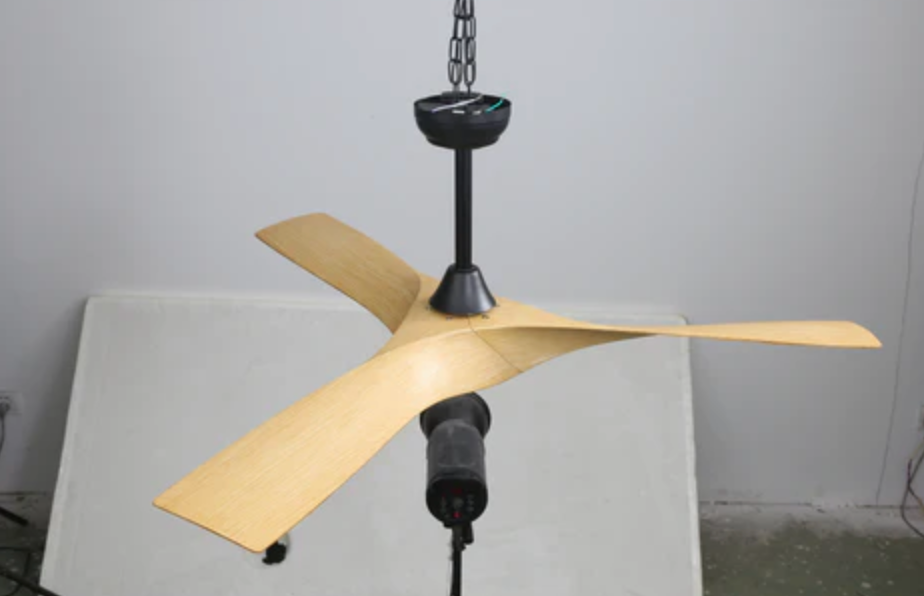
How to hang a ceiling fan
Once the mounting bracket is in place, carefully lower the fan onto it. Hook the canopy (the decorative cover which conceals the electrical wiring) over the threaded rod underneath the hub of the fan motor. Secure any screws or other hardware that comes with your ceiling fan to attach this part securely.
Now connect electrical wires from your ceiling to the fan. Match the colors of your wires and connect them to each other with twist-on wire connectors.
Reattach anything that was removed from around the mounting bracket, such as light fixtures or smoke detectors, making sure all connections are secure. Secure any screws or other hardware that came with your ceiling fan in order to attach the canopy securely to the motor hub.

Finally, use a power drill or screwdriver to attach the blades to the fan motor. Be sure that all screws are firmly tightened in place and then check that each blade is level with one another.
Once you've finished installing your pretty ceiling fans, turn on the breaker switch and test it to make sure it's working properly. If all is in order, enjoy the cooler temperatures provided by your newly installed fan!
Is it better to sleep with ceiling fan on?
Sleeping with a ceiling fan on can have both positive and negative effects. On the plus side, it can be helpful for keeping you cool during hot summer nights, and the white noise may help lull you to sleep. On the other hand, sleeping with a fan blowing directly in your face could cause dryness and unpleasant air circulation while you sleep. Also, the fan motor and blades may create a low hum that could be disruptive to your night’s rest.
When it comes down to it, there are pros and cons for sleeping with a ceiling fan on. Ultimately, whether you choose to keep the fan running or turn it off is up to personal preference and the conditions of the room. If you're too hot and need to cool down, turning a fan on can help create better sleeping conditions. Just make sure that it's not blowing air directly at your face or that it won't keep you up with its noise. Otherwise, you may want to consider shutting off the fan and opting for another cooling method such as an air conditioner might be better. Additionally, make sure to turn off the fan when you leave the room to avoid any potential safety risks.
In conclusion, it is up to personal preference as to whether you choose to sleep with your ceiling fan on or not. Consider the temperature of your room and how disruptive a fan's noise could be to your sleep and take any potential safety risks into consideration. Ultimately, the decision is up to you!
No matter what you decide, making sure that the room is comfortable for sleeping should be your first priority. If it’s too hot or uncomfortable in general, then using a fan can help improve the situation.
Congratulations! You've just successfully installed a living room fan with light. Now you can enjoy the cooler temperatures provided by your newly installed fan.
